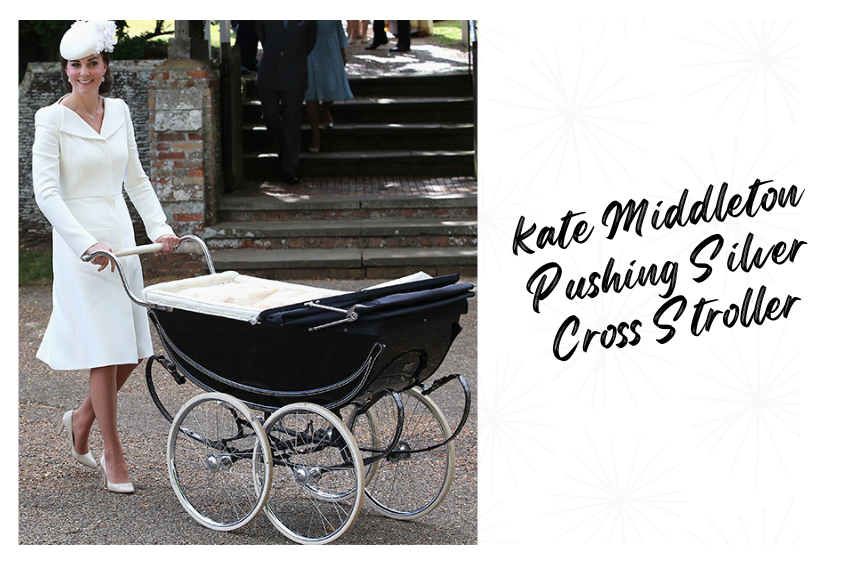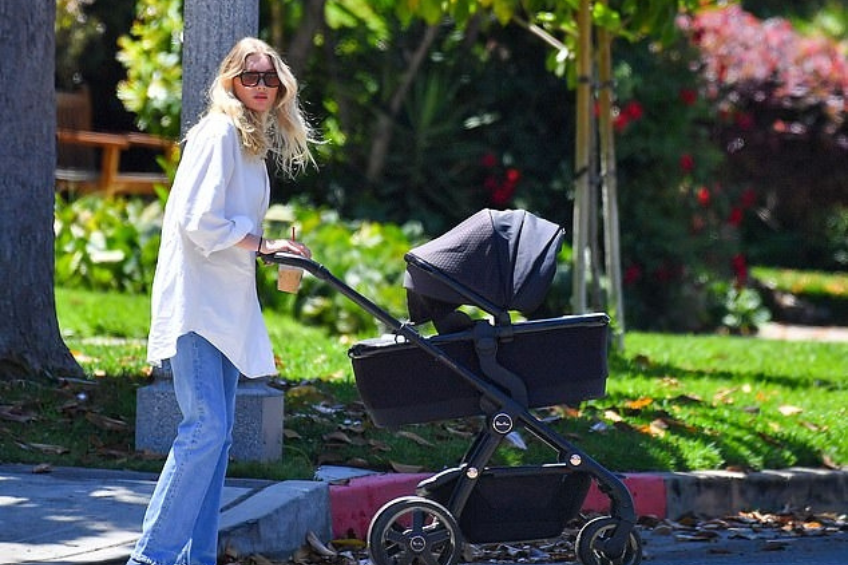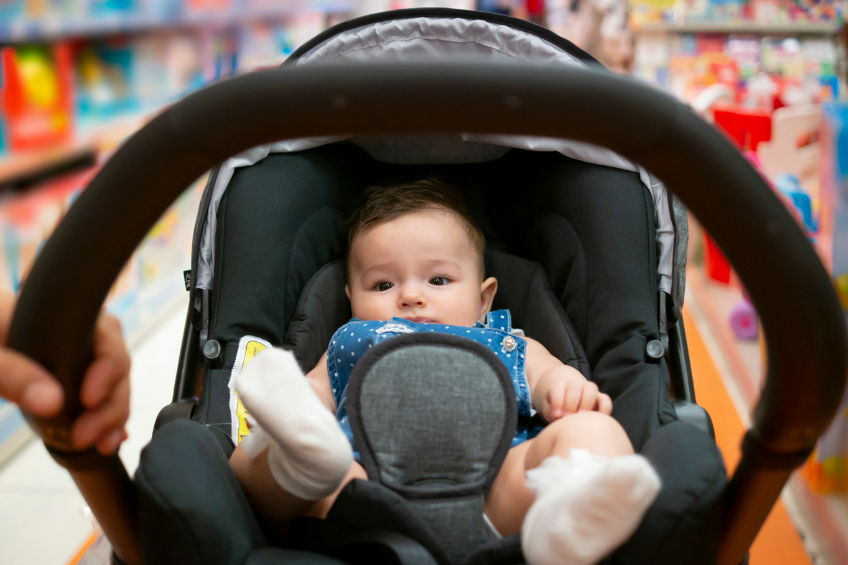How Can We Decrease The Prevalence of Torticollis & Plagiocephaly?
/
The market for the latest baby equipment has become similar to the waiting for the latest car models to be introduced each year by competing automobile designers and manufacturers from all corners of the world. Similarly, the baby paraphernalia market has as yet not been saturated with different types of products coming out daily, monthly and yearly. Some of these products have saved infant lives but others have caused more harm than good with parents believing that a baby can stay in a car seat or a swing for many hours of the day sleeping peacefully.

In the ninety seventies, a stroller called the Umbroller became a top seller because of its easy foldability in and out of the cars and its low price. (This should not be compared to today’s strollers by the same name.) Many parents felt guilty sitting their infant in this soft material made carriage with no back support whatsoever. Whether these strollers had any long-term adverse effects is not in the scope of this article, but most parents were reluctant to keep their loved one in one of these contractions for any prolonged length of time.
On the other hand, today’s strollers are used as car seats, highchairs and even long-term sleeping apparatus seemingly without guilt. A baby can stay in its car seat all day and the parents will be able to sleep, feed and transport them all in the same position. The baby seems content so what could possibly be a problem with this way of keeping the child mobile?

At this time in history, all parents should be aware that keeping a baby in the same position for long periods of time is not healthy for the baby physically and we are not even touching on how it affects them emotionally. Two common complications that could come from this type of positioning are plagiocephaly (flat head syndrome) and torticollis (twisted neck syndrome). Flat head syndrome is not exclusive to the back of the baby’s head but can occur on the sides as well. Looking at photos of the baby will clue the parents in as to conditions such as torticollis and side flatness of the head, however a frontal picture will not reveal a problem in the back of the head.
Parents and grandparents are thankful to the medical community of the nineties for bringing the tragedy of Sudden Death Syndrome (SDS) to the forefront of the community. Since then, parents of infants sleep their babies exclusively on their backs and this posture has caused a great decrease in the deaths from SIDS since the “Back to Sleep” campaign was introduced over thirty years ago. In all probability no doctor or therapist expected such a revolution in baby care products to such an extent that a baby can be kept quiet and serene in either his or her baby swing, car seat or other head flattening devices for prolonged lengths of time. It is surely convenient for the parents who are shopping with their infant to never have to disturb their baby by taking the baby out of the crib, into the car seat and into the stroller without interrupting the baby’s nap suddenly.
One particular type of stroller that comes to mind is the one that turns from a car seat into a stroller and vice versa without having to move the baby in the process. A mom takes her new infant for a nice long walk in the park, transforms the stroller back to a car seat and then back to a stroller as she brings her baby inside. Wow! Good news, the baby is still asleep and now mom can cook supper at a leisurely peaceful pace. This situation may be good news for mom but it is really bad news for her baby and what is not good for the baby should not be good for mom. Until bath time the baby could literally be in one position all day long. One new mom innocently remarked,” I don’t even know why I bought a baby crib, my baby sleeps so much better in the car seat, it probably reminds her of how she felt while she was in my womb.”
The Silver Cross Stroller Makes a Comeback
For those of you who think that the bugaboo limited series models are the ultimate in luxury for your infant, you are obviously too young to remember the classy English Silver Cross Prams. Now this is a carriage that your infant could sleep safely in until they turn over and yet most parents who owned one also owned a fine wooden crib where they generally put their baby to sleep for naps and nighttime sleeping. This is not a carriage to be transferred out of the car but rather a pram for serious walking and getting the baby into some fresh air daily. Yes, that is what a pram was from the beginning in the 1800’s. Pushing a pram in those days was considered a refined way of strolling down the boulevard instead than holding the baby in your arms.

Dr. Emmett Holt who was considered the “Dr. Spock ” of his day warned parents in the year 1894 to stop picking up their crying babies because they were spoiling them and to place them in comfortable prams instead and this is how the strollers of today began their existence. Still, these comfortable and large prams are a far cry from the crunched-up way some babies are pushed and transported in the car seats and strollers of today.
Let’s take a humanistic look at what it is like for your baby to sit in a typical stroller. He or she is deep-set, buckled in and not able to see the parents since most strollers are forward looking. While the baby is moving, he or she is tranquil but how does the baby feel when the carriage stops? The mom may be speaking on the phone or to someone nearby and the baby may not even hear her. All he or she hears, and feels is total stillness around them and maybe the noise of the mall can keep them sedated but they definitely have no idea where their mom is.

Contrast the typical pram or baby buggy to a typical stroller. As the mother promenades down the block, she is looking straight at her baby and her baby is looking straight at her. This is bonding and togetherness in its most simple and straightforward form. You can bet that this mom will curtail the use of her phone as she watches her infant interact with her and there is no need to stop the carriage and turn around to see what it is exactly doing with the baby. It is also easier to lift the baby out of the pram than those sophisticated strapped strollers.
The Comeback of the Baby Carrier
Until the introduction of the baby pram in the 1800’s babies were carried in slings in many countries including ours. Ron Barr, and his associate Dr. Urs Huziker tried an experiment with a group of mothers in 1986. They asked these moms to carry their babies for at least three hours each day either in a baby carrier or in their arms. The results were not surprising, these babies were calmer and cried 43% less than a control group. Other studies such as this one have been the reason that infant carriers have been making a comeback and not only with people who are atypical culturally. Though some baby carriers are hard on the parents’ back, there are many different types that harness various ways so that the parent and baby are both happy. With the baby snuggled up front against its mom or dad how could she or he not be content?

Baby carriers are a great vehicle to prevent flat head syndrome and torticollis. Torticollis is a condition when the baby has trouble moving its neck on one side more than the other. If you were a baby, wouldn’t you want to turn your head to see who is holding you even if it hurts a little?
Final Words
There are so many different options in baby equipment that it is quite tempting for new parents to want to purchase as many as their budget allows. The ultimate convenience is the self-changing car seat and carriage which allows parents to effortlessly move the baby from car to stroller to the house without ever waking or moving the baby. Baby swings help the baby sleep, and the parents relax at the same time to the soothing music. Beware, both devices along with prolonged sleeping in car seats are the perfect storm for plagiocephaly and torticollis. Baby prams and baby carriers are making comebacks which hopefully will keep your baby more active and mobile while at the same time keeping the parents relaxed. If the pace of the parents slows down by staying at home for longer periods and holding their infants, flat heads and twisted necks will hopefully decline even if babies sleep peacefully all through the night on their backs.

Cranial Therapy Centers is the only early interventions cranial center in the United States which provides both helmet and manual therapy treatment. We are American Board for Certification in Orthotics, Prosthetics and Pedorthics Facility. Visit us in Lakewood NJ, at 1352 River Ave Unit 14, Lakewood NJ, 08701 or in Teaneck NJ at 1086 Teaneck Road Suite 3F, Teaneck, NJ 07666. You can also email us info@cranialtherapycenters.com
